I’ve been chasing one mountain all summer. It’s called Triangle—a common name for a peak of its shape, except this one is based on the instrument. It’s located behind Eagle and Symphony Lakes in what’s referred to as the “musical” section of the Chugach.
Per the map above, this weekend I began on the purple trail and took the yellow one along Rendezvous ridge with the intention of making it all the way to Triangle. But about where the yellow meets the purple again, only a mile or so from the peak, I stopped. Bad weather rolled in and the rocks were slick and I was nearly out of food with still ten or so miles to the car. It was the second time I’ve now failed to complete this hike.
∆ ∆ ∆
For as long as I can remember, I’ve been good at finding silver linings. It serves me well in my lawyering—I’m paid to reframe facts. It can serve me well in life, too.
But recently I’ve wondered if it’s insincere. If it blocks my ability to acknowledge when things just kind of suck. When I’ve made a bad decision and need to sit with that instead of looking for the proverbial open window.
recently wrote about living the “wrong life.” It’s a quote from an interview with Rachel Cusk, a writer whose characters are preoccupied with whether they’re on the right path.I imagine we’ve all felt how it is to be living the “right” life, which I describe as the flow state. Times when I’m one with my surroundings and notice harmony and beauty everywhere. When I feel safe in my body and when my critical voice is silent.
I felt that harmony near the start of the hike as the clouds parted and sunlight speckled the valleys to my right and left. I watched as sheets of rain danced in the distance and noticed the colors of early fall. I passed blueberry bushes thick with unpicked berries, ripe and whole.
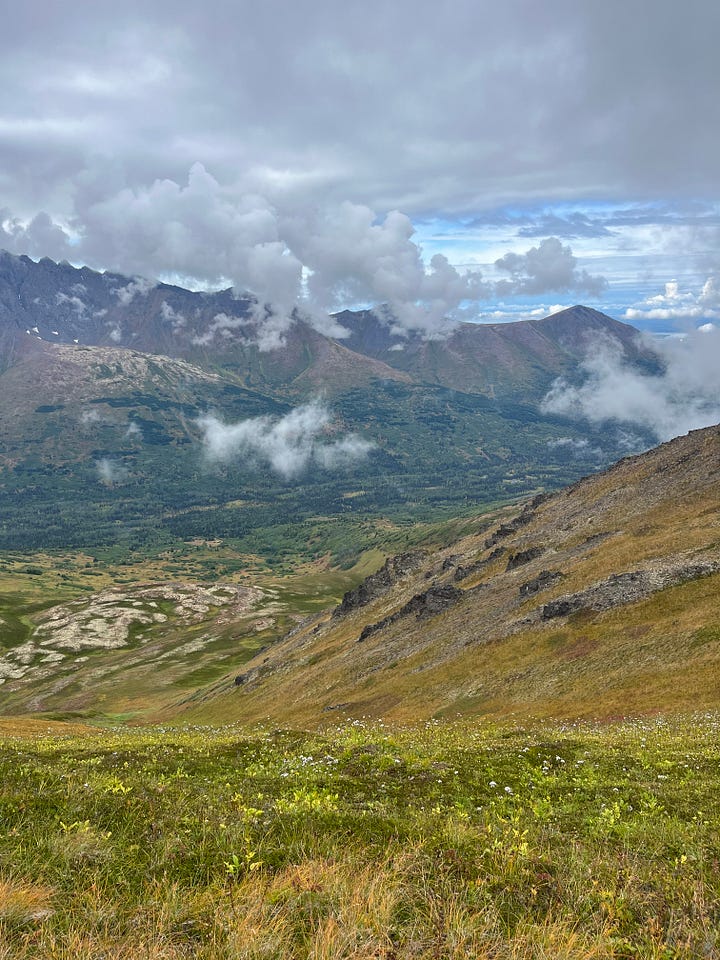
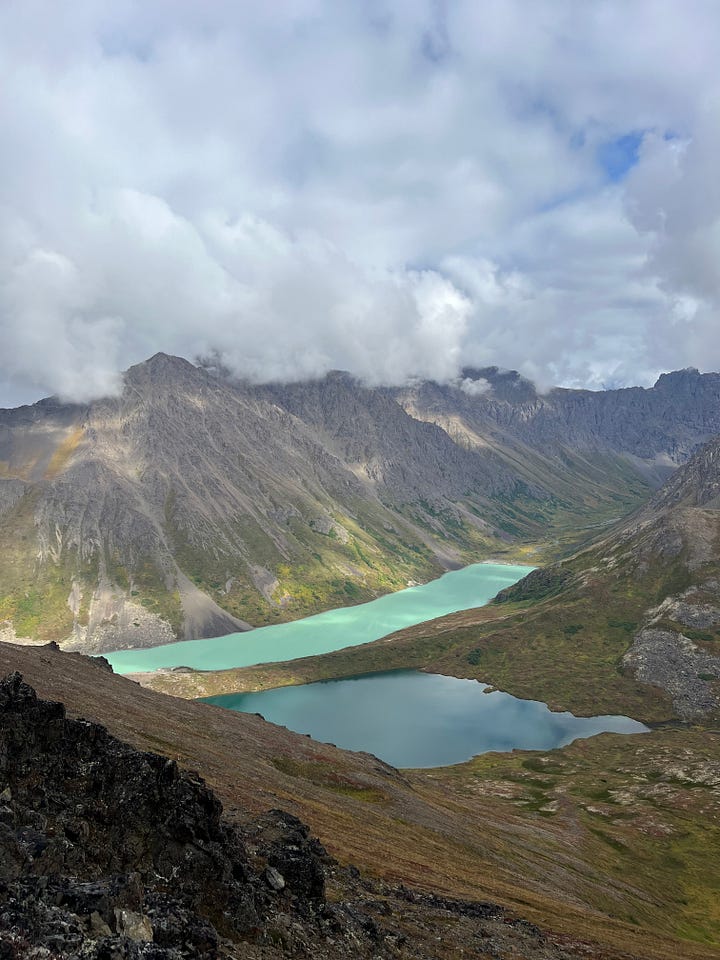


The wrong life feels different. Hollow and surreal. There are times when I’ve wondered if I’m a ghost. If I can actually be seen as me, and not just a projection.
Turning around before Triangle was the smart decision. But still, it hurts when things don’t pan out as we hoped.
∆ ∆ ∆
I spent a lot of this hike thinking about redemption. The move from wrong to right life, from making bad decisions to changing for the better. Ironically, I mostly focused on reality television—namely, the recent seasons of Vanderpump Rules.
To catch up the non-Bravo heads, there was a scandal a few years ago in which one of the Vanderpump stars was caught having a months-long affair with another star behind his girlfriend’s back. The whole thing was icky, mainly for how blatant the two cheaters were. The scorned girlfriend seemingly trusted them both (the other woman was her close friend, no less) and when the secret came out, it blew up the entertainment news cycle.
The cheaters claimed they were in love, but now, the other woman says the man manipulated her. As I hiked, I wondered if it’s possible to cultivate love in a scenario where the chemicals of cheating—excitement, secrecy, anxiety and competition, to name a few—are so overpowering. Needless to say, the illicit couple is no longer together. Like most affairs, this one served to detonate the main relationship and give the (cowardly?) man a clear path to leaving his long-term partner.
In the most recent season, post-scandal, the man tries to find redemption. He says that, despite how awful everything was, he thinks it happened for a reason. Even after ruining his relationships with both women, as well as nearly all of his friendships, it was somehow for the best. Much to everyone’s shock, he’s attempting to find a silver lining instead of sitting in the depths of his losses.
Sometimes I fear it’s possible to justify anything. We see it with Gaza. We see it with political parties. We stay in our bubbles, find the sources that back us up, and never have to consider alternatives—all to our collective detriment.
Pushing myself physically is one way I try to expand my perspective. Tiring my body allows my brain to dig into what matters most. Truths I’d prefer to keep buried because they hurt, or embarrass, or make me feel ashamed.
The other way is through stories. Writing out scenarios, even the worst ones. When I examine an issue through characters, it’s easier to remove my nervous system responses. It’s possible, then, to see someone else’s point. Even outside of logic, to see how another person has value in their humanity, full stop.
We all make mistakes. We all, at some point, will likely step into the wrong life. Some people might stay there forever, never acknowledging the possibility of a life that’s right for them.
There is a right life and a wrong life for each of us, and it’s important to figure this out. So many influences try to keep us in the wrong one. Lobotomize us, distract us, bury us in a mountain of so-called work.
Sometimes depression feels a bit like subconsciously noticing the wrong life and not knowing how to leave it. A protective cover drops me beneath my surface to the place where only I can search for what’s right.
That’s not a defense of depression. No, I don’t wish anyone to be depressed. But sometimes it feels connected to more than just brain chemistry. It’s a fog that tells me, hey, a lot of things here aren’t right. It reminds me I can’t—physically, mentally, emotionally—just keep going about the world as if everything is okay. You may have thought this diary would be about hiking, but no. I’m here to remind you that the world is not okay, and I hope you know what I mean.
Yrsa recently wrote about how her depression often precedes a major breakthrough.
She writes so beautifully and so right-ly that it often makes me catch my breath. At the risk of projecting, I wonder if depression is what sometimes allows us to sink into indelible truth.
I struggle to articulate this: how standing on a ridge as the clouds roll in and the rocks around me become slick relates to some kind of process I can’t see.
∆ ∆ ∆
The only reason I know about Triangle is because a year ago, I met a woman who had just hiked it. We were tag-teaming each other on the way back to the trailhead until finally we began chatting. I’d gone to the lakes for a mellow after-work walk; meanwhile, she spent all day climbing Triangle Peak. As I listened to her describe her hike I realized I hadn’t ever thought to explore past the lakes. I hadn’t considered it possible, or feasible, to venture beyond the well-trodden path.
That hiker looked so cool to me. Dropping down from a ridge and telling me about a place I’d never thought to visit. In chasing this mountain, I seek to emulate her.
As I made that same slog through the valley after failing to reach Triangle, I passed two tourists who asked if I’d seen the lakes. Oh, yeah, I said. Kind of an afterthought, given how often I hike there.
Their faces lit up. Did you take pictures? They asked.
I opened my phone and showed them some photos from the ridge. Eagle and Symphony, their colors starkly different due to glacial silt deposits.
The tourists were excited. They’d wanted to make it to the lakes but turned around after it started raining. I offered to send them the photo and they were thrilled.
Now, here’s where my mind goes to silver linings. I’m sad about not reaching Triangle. I feel thwarted by weather, by a forecast gone wrong.
But mountains have their own timelines. They allow us the joy of their presence when and how they wish.
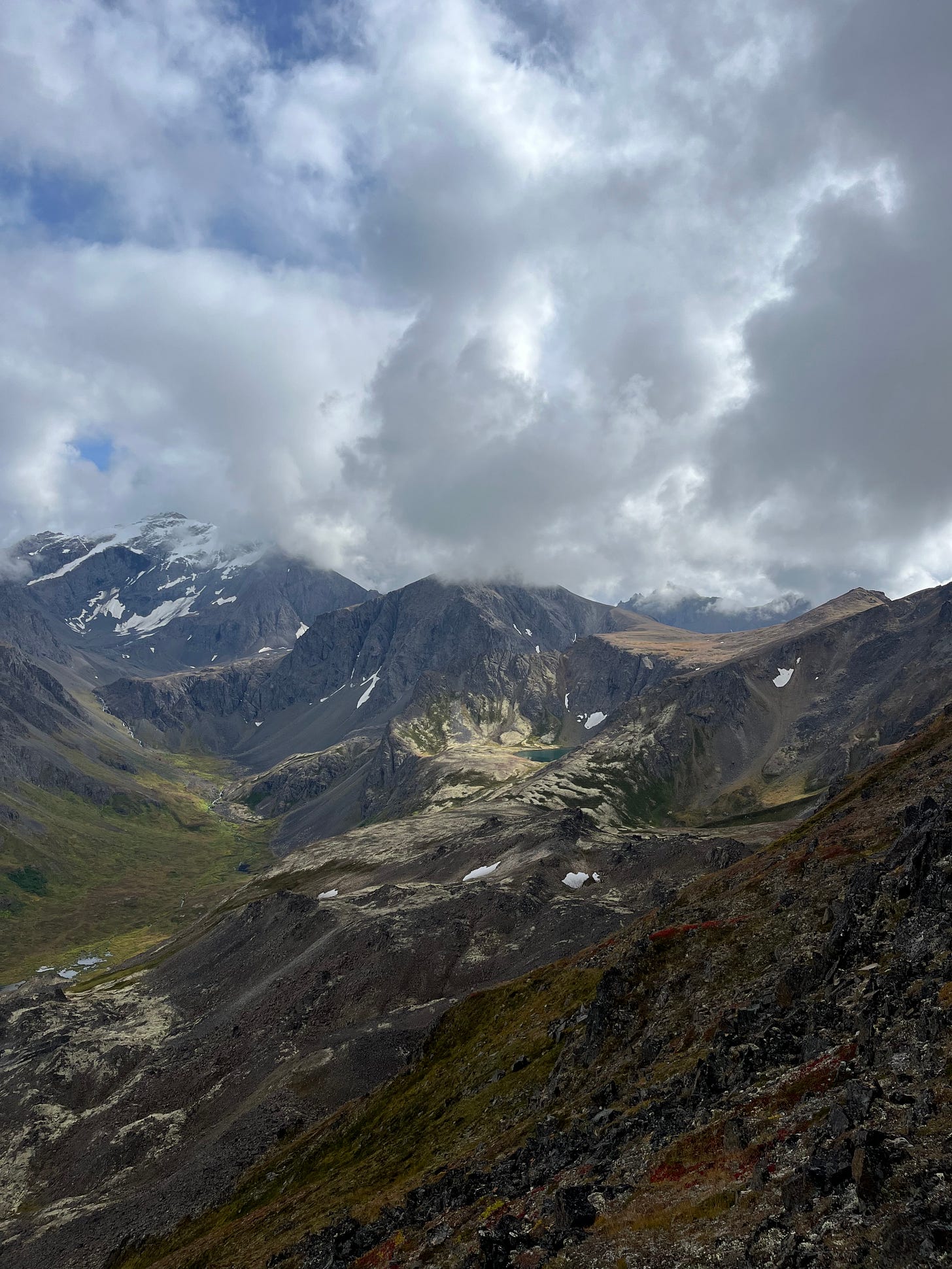

It’s easier to share victories. Or instead, to share “rock bottom” stories with a clear redemptive arc.
While walking, I spent a lot of time crafting my hike diary. The inner narrative, the physical struggle, the sense of achievement when I finally reached my goal.
After failing to make it to the peak, I thought about scrapping the diary. I could wait for another hike, or otherwise lie and tell you I’d meant to only hike Rendezvous ridge.
From photos alone, you might think this trip was a success. Beautiful vistas, plentiful berries, a little rain to make it feel that much better getting back in the cozy car.
And parts of the hike were like that. The early ridge was incredible, as were the mouthfuls of berries from bushes tucked far off-trail.
But other parts were downright sketchy. I’m scared, I repeated to myself while perched on wet rocks as hail fell and the clouds showed no sign of parting. Deciding to go on in the hope that the far side of the cliff was gentler and easier to chart an escape route from.
This hike was always going to be hard. Nearly twenty miles and over 5,000 feet of elevation without clear trails at several parts. Requiring many hours and most of my energy to complete.
I suppose having high expectations necessitates learning to live with failure. Adjusting the plan to ensure I’ll have another attempt down the road. My favorite adventure books all have some version of this plot. The summit thwarted by weather, illness, or other obstacle.
∆ ∆ ∆
It’s the next day and my body aches. Reminders of what it’s been through and where it carried me. This evening, the clouds parted. The sun set around 9 p.m., meaning I could see it as I walked home from dinner. To the east are the mountains, pink and dusty purple. To the west, the sharp lines of volcanoes and the sky ablaze behind them.
In an alley past a house where I once lived, I notice the trees, bushes, and gardens both for the first time and as memories of before. A car engine starts and I nearly jump as the dissonance makes my flow state clear. You must change your life, says Rilke’s headless torso of Apollo. And I say, I already did.




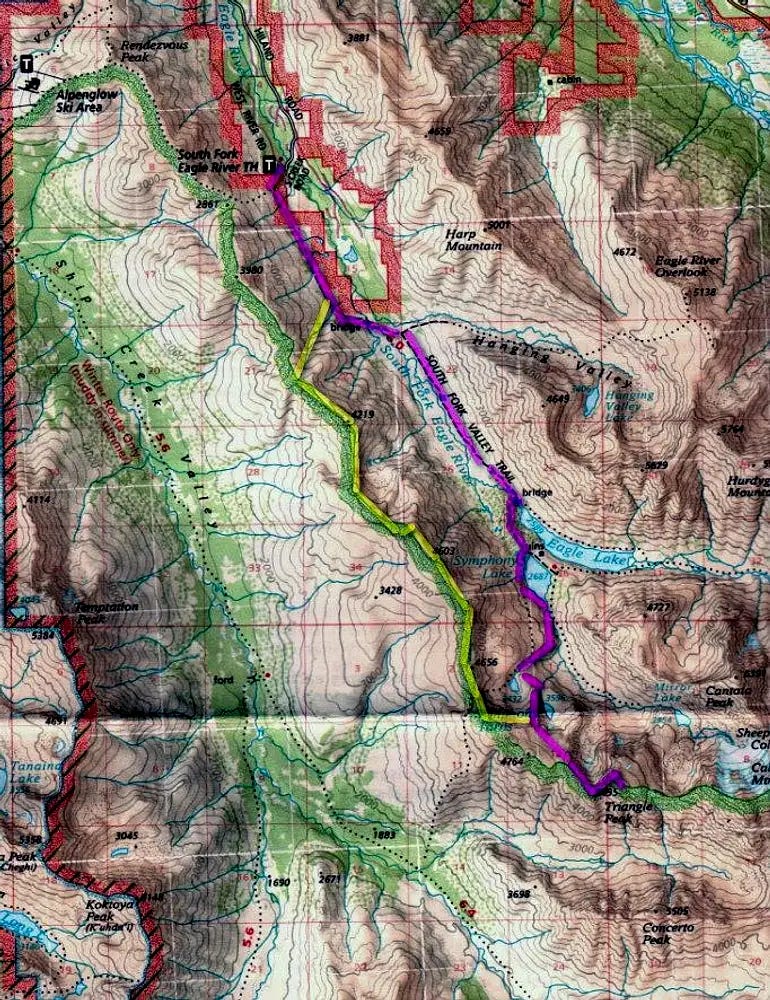


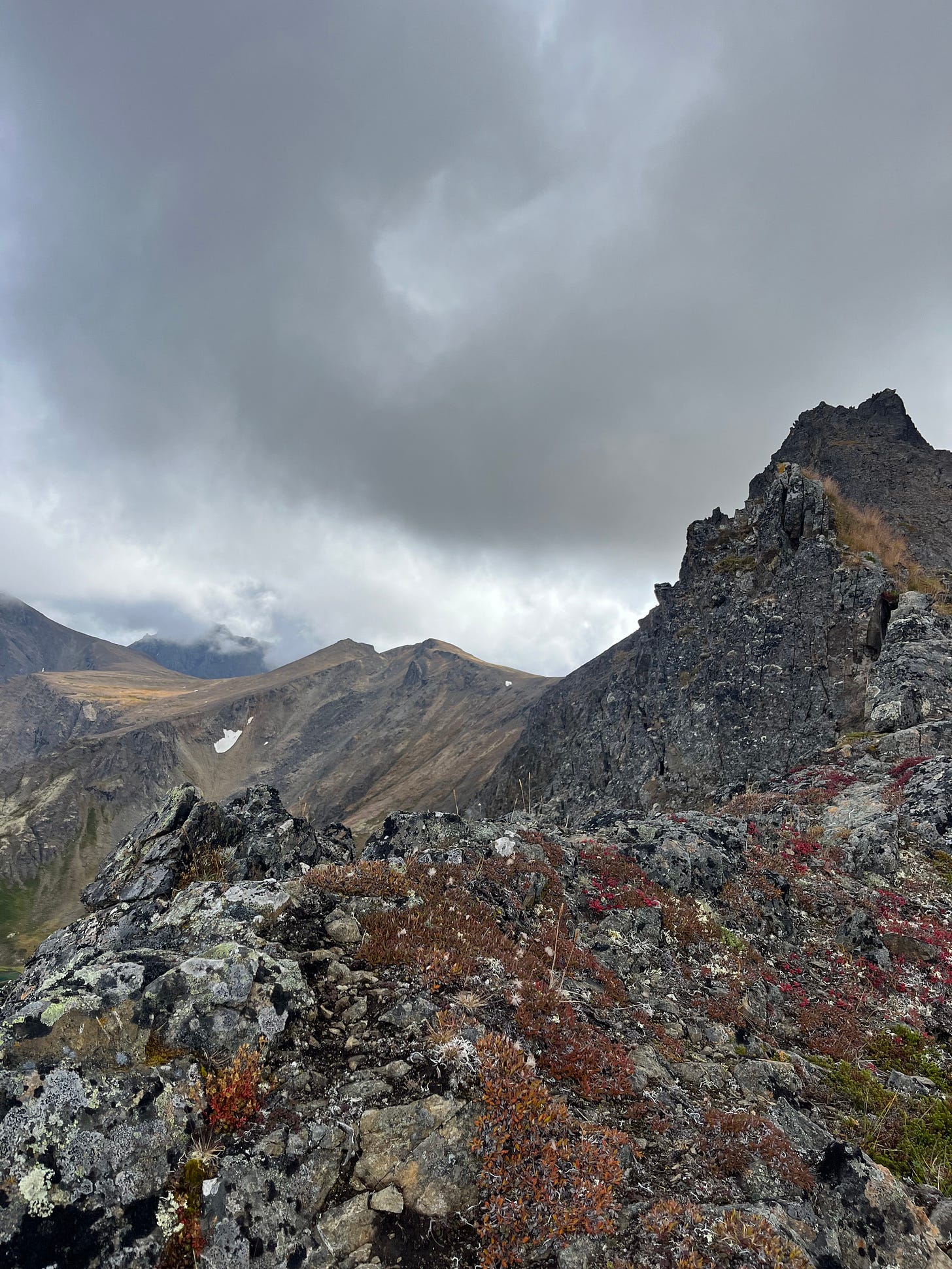
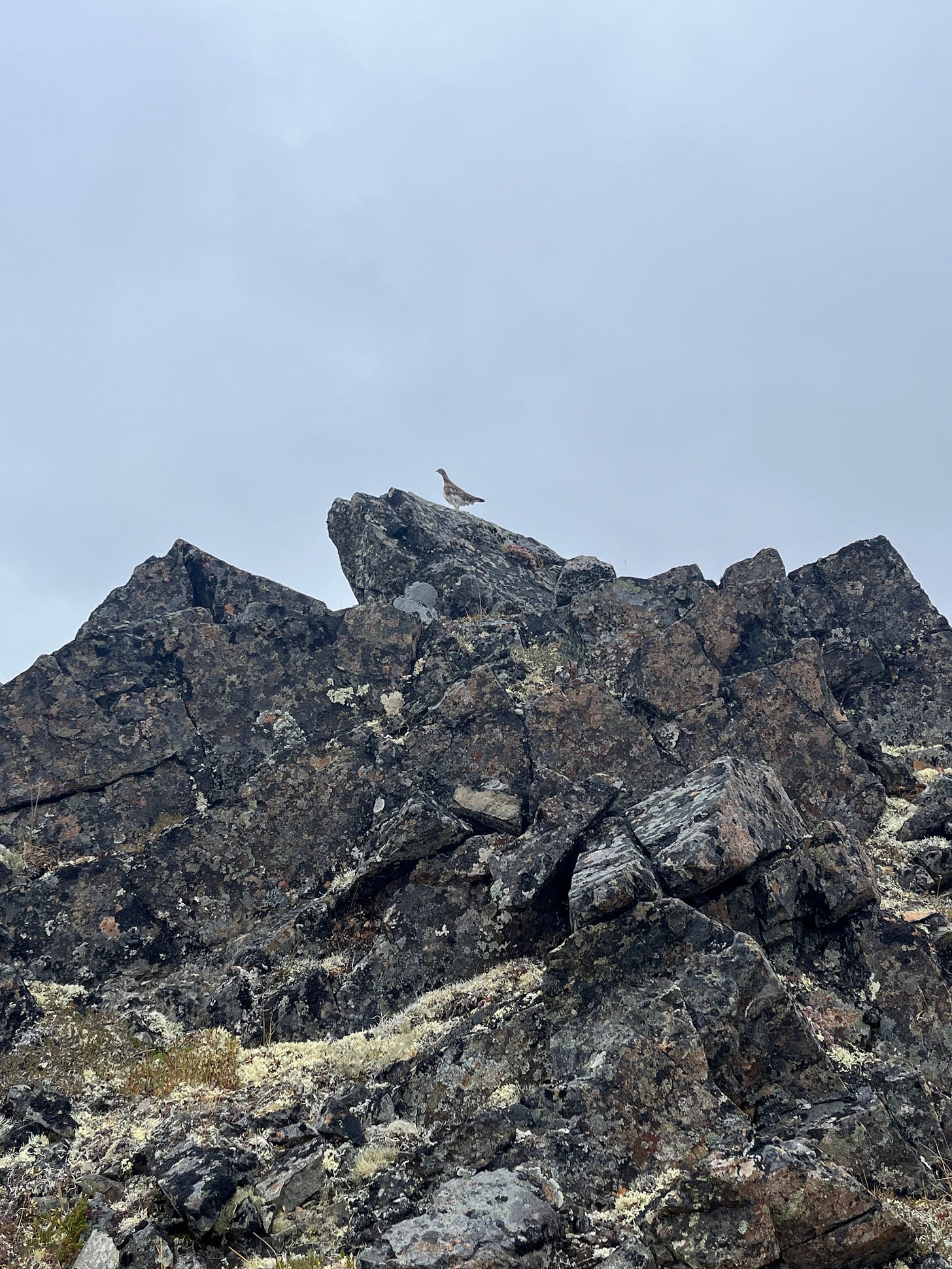
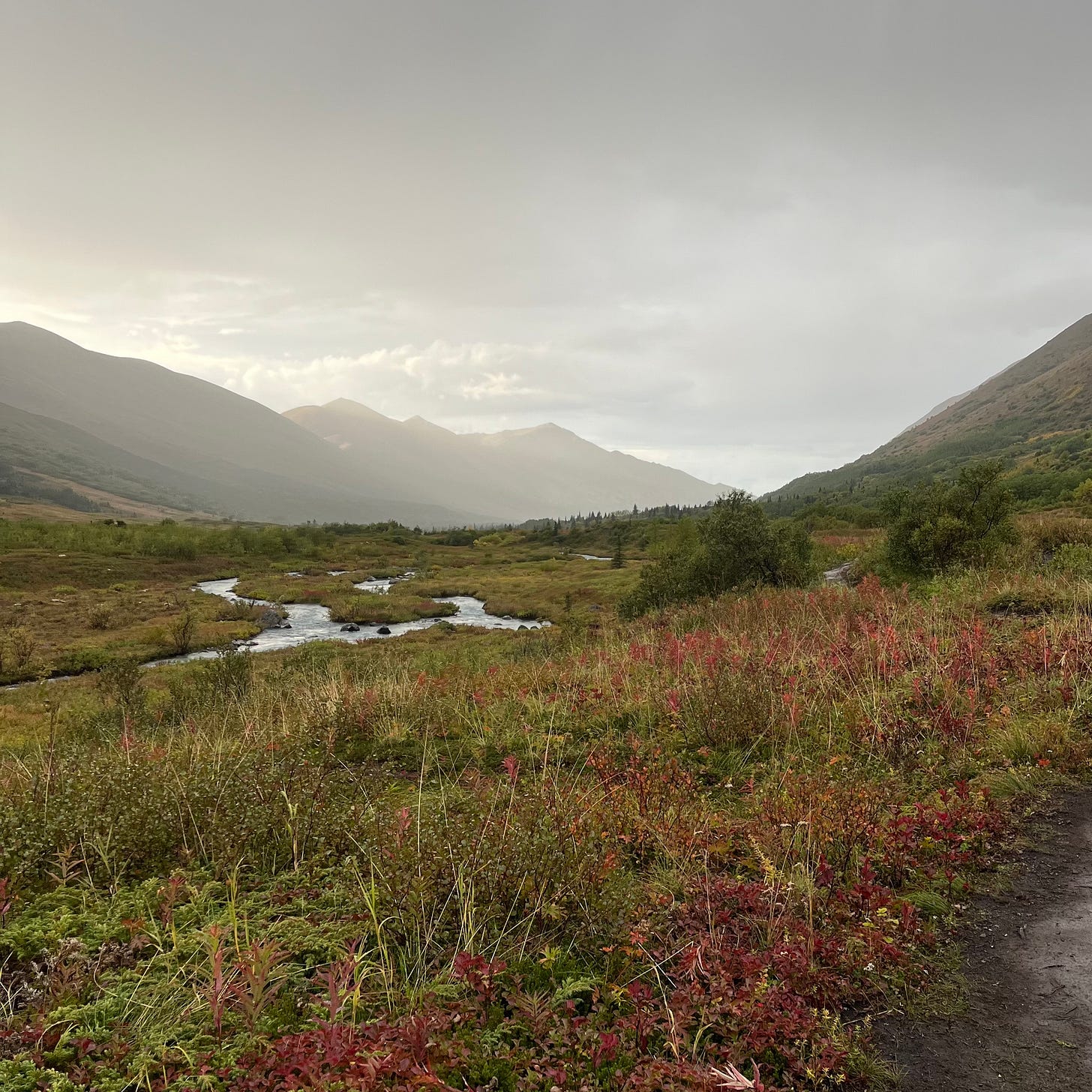
Julia- Your point on being seen as the self rather than a projection hits home. I love the way you brilliantly worked this deeper insight into the lighter tones of your visual photography. It makes for a very musical thought-journey for a reader.
Gorgeous words!!! And breathtaking photos, too.